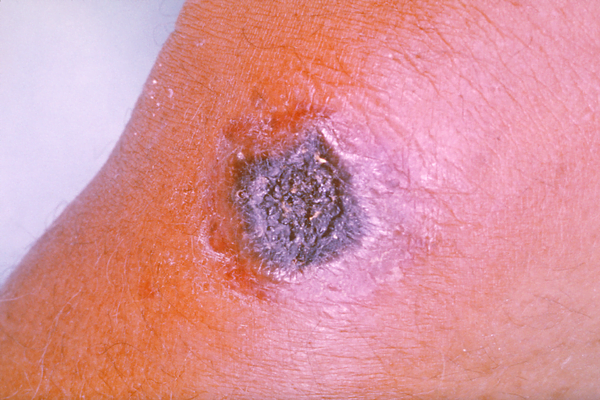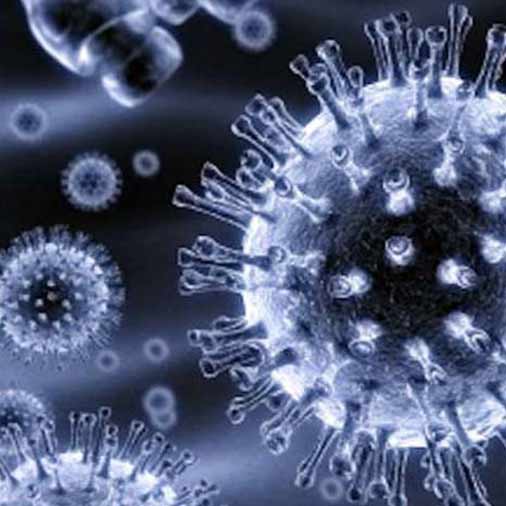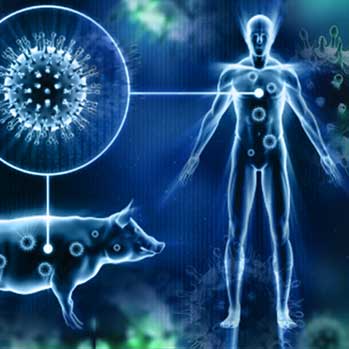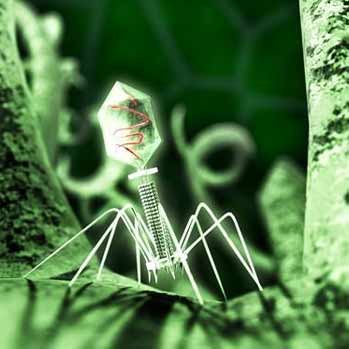Anthrax is an infection caused by the bacterium Bacillus anthracis. It can occur in four forms: skin, lungs, intestinal and injection. Symptom onset occurs between one day to over two months after the infection is contracted. The skin form presents with a small blister with surrounding swelling that often turns into a painless ulcer with a black center. The inhalation form presents with fever, chest pain, and shortness of breath. The intestinal form presents with diarrhea which may contain blood, abdominal pains, nausea, and vomiting. The injection form presents with fever and an abscess at the site of drug injection.
Anthrax is spread by contact with the bacterium’s spores, which often appear in infectious animal products. Contact is by breathing, eating, or through an area of broken skin. It does not typically spread directly between people. Risk factors include people who work with animals or animal products, travelers, and military personnel. Diagnosis can be confirmed by finding antibodies or the toxin in the blood or by culture of a sample from the infected site. Wikipedia





